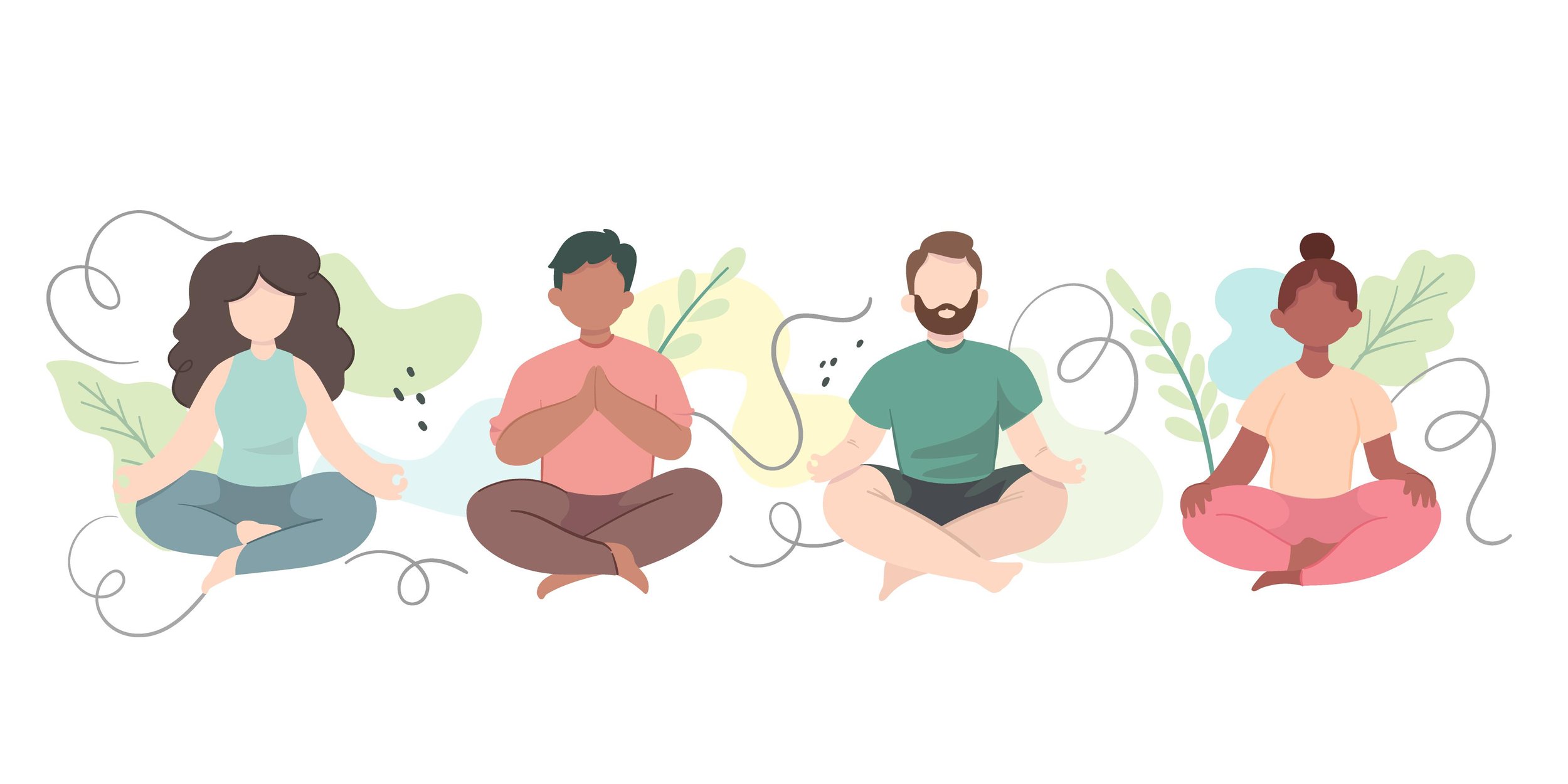We are coming up on the year mark of COVID-19, changing the world as we knew it. While things are looking hopeful with vaccine distribution, I have reflected on the many adjustments that people had to make do to the virus. Here are just a few areas I have been thinking about, as well as suggestions for further adjustments:
Loss
As I write, the current number of COVID-related losses is 519,075 lives (covid.cdc.gov). The current total number of cases is 28,602,211 people. All of these folks were/are members of families or communities who were affected by the diagnosis. They have had to cope with it during this most unprecedented, isolating time. Over the last year, many hospitals did not permit more than one visitor to see loved ones in the hospital to reduce the virus's spread. Medical facilities also applied this policy to non-COVID cases, such as surgeries, check-ups, etc. For the most part, only patients were allowed in the facility to limit the spreading of the virus. Funeral homes also had to limit the number of people in their buildings at any given time. Many people lost loved ones in the last year and could not mourn or grieve in the way they wanted to.
I would encourage folks living with the weight of unacknowledged loss to find time to honor the people lost this year.
• Watch a movie you know a loved one enjoyed
• Journal about what you think about when you are reminded of them and what you would say to them
• Find ways to embody traits you admired about them in your day-to-day functioning
• Write down job opportunities, trips, celebrations that could not happen due to the pandemic and find time to acknowledge those losses too
• Share these reflections with a friend, partner, colleague, or therapist.
The Harvard Business Review interviewed grief expert David Kessler, who provided some additional thoughts on loss during the pandemic. Here is that article if you want to see his tips for coping with losses we have experienced this year.
Aside from the deaths of loved ones, people also experienced losses in jobs, planned experiences, and routines. These must be acknowledged and honored as well.
Relationships
You may be familiar with Gary Chapman's "Love Languages" popularized by the media. (Here is the link to his website in case you are unfamiliar) His love languages concept focuses on five behaviors that people might use to show love and how they receive love: Gifts, Quality Time, Physical Touch, Words of Affirmation, and Acts of Service. Well, recently, people have been talking about adding a sixth love language- distance. (Click here to read a related blog post by Jessica Wildfire) When different states and cities enacted shutdowns, we learned the way distance impacts our relationships. Whether you were spending way more time inside your home with a partner or you were unable to travel to see loved ones as you did, distance was a massive theme of the year. Couples have needed to find a balance of alone time, together time, and quality time, all while sharing the same air for days on end.
This year, people learned how often they need space in their relationships, physical environments, and even jobs.
Here are some tips from Vanessa Marin at the New York Times for easing the stress caused by the Coronavirus.
Work
While many businesses could move to a work-from-home format, other professions could not (first responders, healthcare workers, utility personnel, mail persons, to name a few). Their workloads were increased due to additional sanitation procedures or covering down for quarantined employees. For people who began working from home, there were struggles in even just finding a physical space to operate and maintain a proper work-life balance—screen fatigue.
Across the board, many of us were not trained to maintain our workloads during a global pandemic. We have adapted in a lot of ways to fit our companies and customers' needs, sometimes at our own expense.
• Here are some ways to reduce the effects of digital eye strain and fatigue.
• This post from the Today Show provides tips for achieving better work-life boundaries for those working from home in the COVID-19 pandemic.
• In this piece from the Jefferson Center, they offer ways to help you balance your career and personal obligations.
Parenting
Whether you are a pet, plant, or human parent, you probably did not expect to spend so much time in the home caretaking without much ability to engage in activities outside the home. In the beginning, there was this renaissance happening where parents and caregivers were scrambling to figure out how to operate in the "new normal." This scramble ignited creativity for many folks. They could make time in the home more conducive for remote learning or found alternative activities to celebrate special occasions. I have heard many parents express a burnt-out feeling where they feel depleted and defeated. I want to take a second and normalize that. What was projected to last two weeks is going on a year. The finish line was moved, and expectations changed several times over. Factor in the difficulties connecting with other parents, support systems, and professionals at the same time.
Please try to remember that you have been doing the best you can in an unprecedented time. Your kids (human, furry, or leafy) will remember the effort you put in, not necessarily all the ways you feel you have failed. Also, here is this nifty website created by psychologists who are also parents living in this pandemic. They offer short videos and tips for pandemic parenting.
Mental Health
We have seen an increase in inquiries about mental health services this year due to the stress brought on by the virus and TeleHealth becoming more widely available as a more accessible option. I would also like to acknowledge the uptick in substance use disorders and anxiety diagnoses. (Read specifics in this brief from the Kaiser Family Foundation) Circumstances that are already difficult have been made worse by additional, unprecedented hardship.
Overall, this year has been a ginormous collective challenge that pointed out or exacerbated problem areas in our personal lives and society as a whole (in our criminal justice, educational, and healthcare systems especially). Try to find understanding for yourself and honor the different parts of your life that the COVID-19 virus has impacted. Give yourself props for adapting to the many changes you had to make, even when you were unsure that they would help.
Finally, the CDC has recommendations listed here for coping with the stress you may be experiencing due to the COVID-19 pandemic.





















